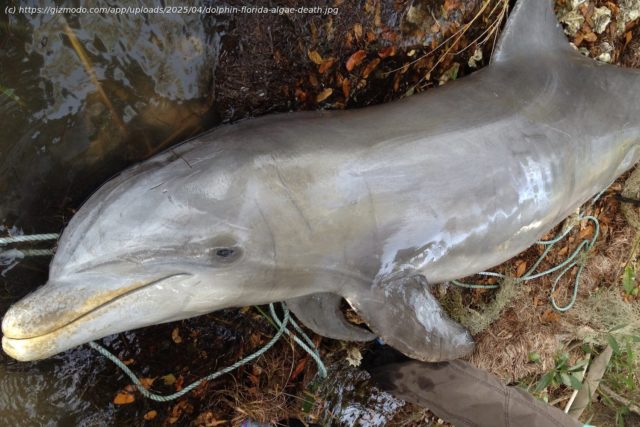The dumping of effluent and fertilizer into Florida waters caused a massive bloom of phytoplankton, killing off much of the dolphins‘ food supply.
In 2013, dozens of dolphins living in Florida’s Indian River Lagoon mysteriously began to die. Their remains washed up, showing the animals had been emaciated. Now, over a decade later, ecologists believe they’ve figured out the cause of the bizarre die-off.
While the deaths have long been linked to gigantic algae blooms in the water, it took until now to determine exactly how the two events were connected, and it turns out, it’s mostly humanity’s fault. This might be hard to believe, but apparently dumping massive amounts of human waste and fertilizer into waterways can be bad.
As the ecologists note in the journal Frontiers in Marine Science, the long-lasting phytoplankton blooms began in 2011. The spread of the tiny plant-like organisms led to a widespread change in the Indian River Lagoon’s ecology. Their presence caused the amount of seagrass in the water to decrease by over 50%, and a 75% loss of macroalgae (better known as seaweed).
That alone wouldn’t have killed off the dolphins, but when the ecologists examined isotopic ratios in teeth samples taken from the carcasses, and compared them to teeth taken from 44 dolphins that hadn’t been part of the die-off, they realized their diets had been drastically altered.
Start
United States
USA — software Starving Dolphins in Florida Traced to Algae Bloom Fueled by Human Waste






